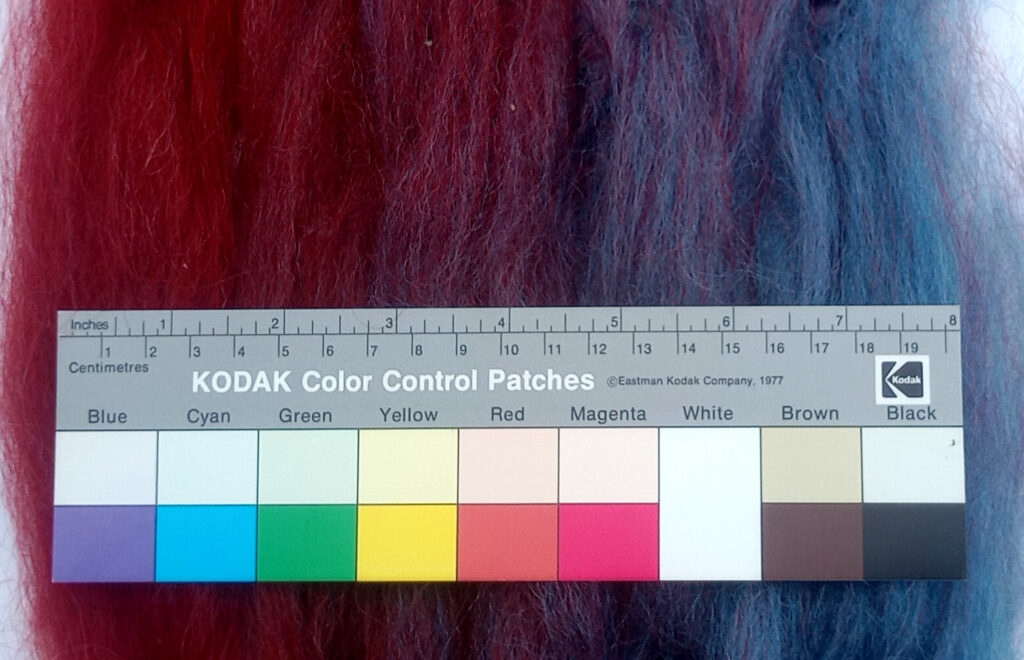Kat Stasinska, AOC Archaeology
Volga to Vinland: Early medieval dress & textiles 9 November, 2024
The 7mm wide fragment of linen band from the grave 182 – 185:12 in Hedeby is a very intriguing piece of textile. It was made of linen fibres dyed blue, with single red threads in warp and weft forming the checked pattern. The sole fact that this fragment has been dyed makes this band interesting, as during the Early Medieval period in northern Europe plant fibres were often left undyed. Kat Stasinska assesses both the weaving pattern and colours in context of other finds.
The mixing of blue and red thread has a long tradition of European culture, starting from antiquity. The main purpose was an imitation of extremely expensive Tyrian purple. This research aims to investigate, through reproduction of the textile, if this weaving pattern could be a Scandinavian approach to the imitation of purple. This experimental archeology sheds new light on this long-known textile fragment.

